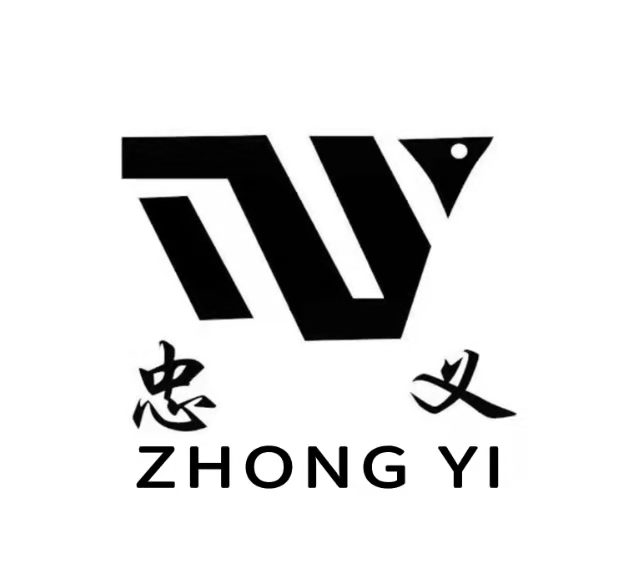1. The flexible
Sling must be inspected before each use. Check whether the surface of the sling is scratched or cut horizontally or vertically, and whether the edges, soft rings and end pieces are damaged. Make sure that the sling is in good condition before lifting.
2. Strictly abide by the lifting method coefficient (see Appendix A), and use the lifting belt correctly.
3. The surface of the lifting workpiece should be smooth, without sharp corners, burrs and edges, and special sheaths and corner protectors for lifting belts should be used. It is forbidden to directly lift objects with sharp corners, burrs and edges with slings.
4. When the soft ring is used for direct hanging, the diameter of the support should not exceed 1/3 of the inner length of the soft ring. If the bandwidth is greater than 75mm, the soft ring should not be directly connected to the shackle for suspension. If the bandwidth is less than 75mm , the soft ring can be directly connected to the shackle for suspension, but the radius of curvature of the shackle must not be less than 0.75 of the bandwidth.
5. It is not allowed to intensively use the bolted lifting method without protection.
6. Do not connect the soft ring with any device that may cause damage to it. The lifting device connected by the soft ring should be smooth without any sharp edges. Its size and shape should not tear the seam or overload the belt .
7. When moving the sling and cargo, the sling is not allowed to be dragged anywhere, so as not to damage the surface of the sling.
8. Do not hoist in a knotted or twisted state when carrying the load.
9. It is forbidden to hang the goods with the lifting belt for a long time.
10. When the cargo stays on the sling, the sling must not be pulled out from the loaded state to avoid damage to the sling.
11. The sling should avoid being caught by other objects or subjected to other impact loads during hoisting.
12. The opening angle of the soft ring of the hoisting belt for hoisting items shall not exceed 20°.
13. The loading condition shall not be changed during the hoisting process. If several slings are used at the same time, they should be placed on each sling as much as possible.
14. It is forbidden to connect or extend the lifting belt by knotting.
15. Try to avoid contact with chemicals such as acids and alkalis during use, and avoid using them in places with high temperature and sparks splashing. If the sling is dirty or used in an environment with acid or alkali, it should be rinsed with cold water immediately.
A. Polyamide (Nylon): It has a medium-strength corrosion effect on acid; its strength is reduced by about 15% in a humid environment; it is not affected by alkali; ultraviolet rays will accelerate its aging.
B. Polyester (PES): It will be damaged in alkali; it has moderate acid corrosion resistance.
C. Polypropylene: acid and alkali have little effect on it.
16. When not in use, the sling should be placed in a special storage rack (place). Slings should not be stacked near open flames, operations with open flames or other heat sources. Do not place it under the hot sun for a long time.
17. After daily use, the oil stains on the lifting belt should be wiped clean with clean water and placed on a special storage rack.




